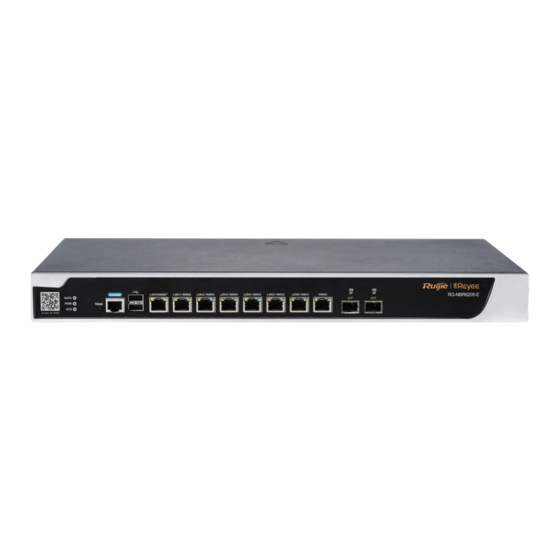
Ruijie Reyee RG-NBR-E Series Cookbook
Hide thumbs
Also See for Reyee RG-NBR-E Series:
- Hardware installation and reference manual (30 pages)















Need help?
Do you have a question about the Reyee RG-NBR-E Series and is the answer not in the manual?
Questions and answers